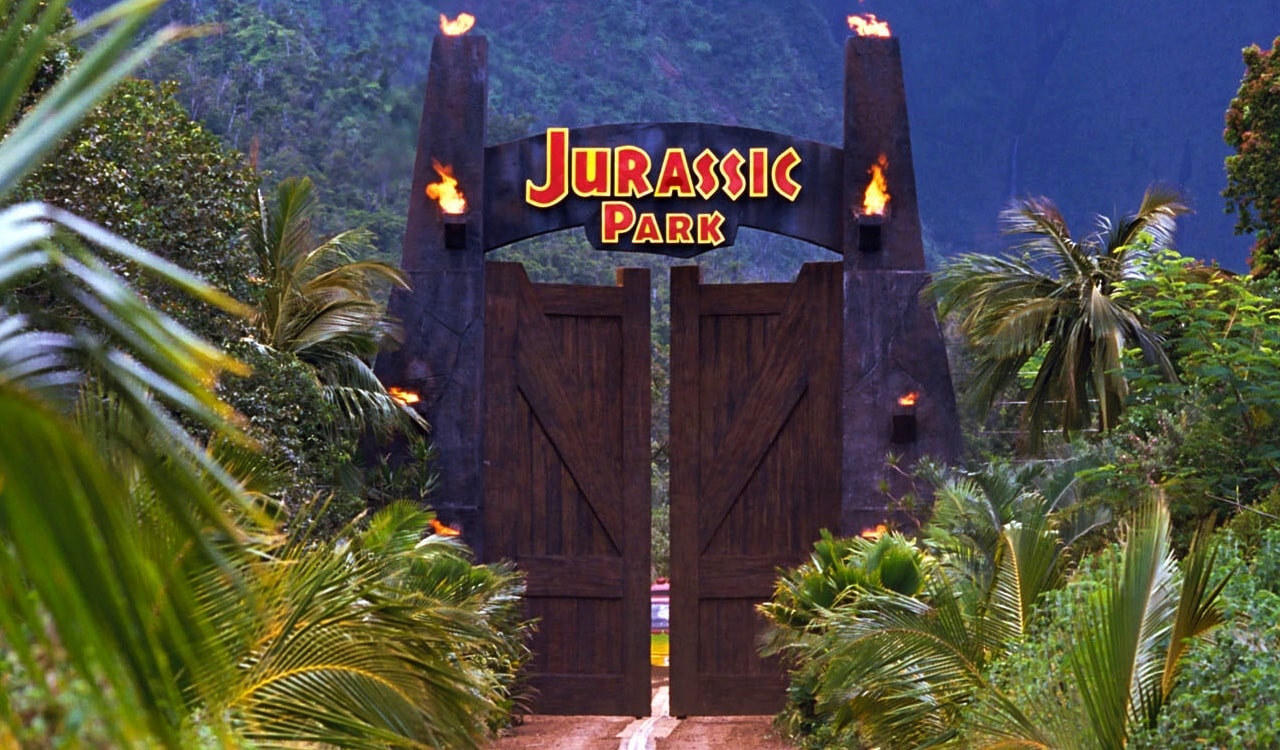The Jurassic Park franchise is one of the most successful in Hollywood at the moment. In fact, a new film called Jurassic World Domination will be headed to theaters in June 2022. Many of us likely fell in love with dinosaurs as kids due to these films, with many more kids falling in love with them from the new movies. However, it should be noted that Jurassic Park should not be looked to for accurate dinosaur information. In fact, the franchise has made countless historical and scientific mistakes throughout its films.
Steven Spielberg helmed the originals and now Amblin Entertainment, Inc. is responsible for the production of the new ones. Amblin is, of course, was founded by Speilberg himself. Thus, he has had a heavy role in this franchise even if he is not directing or writing them all. Now he is mostly operating as a notable producer, but he likely should be pointed to for MANY bad dinosaur facts. He was likely responsible for most of the terrible Jurassic Park factoid blunders, but several other writers and directors for the franchise should hold some blame too. Let’s examine several of these mistakes and why they are so bad.
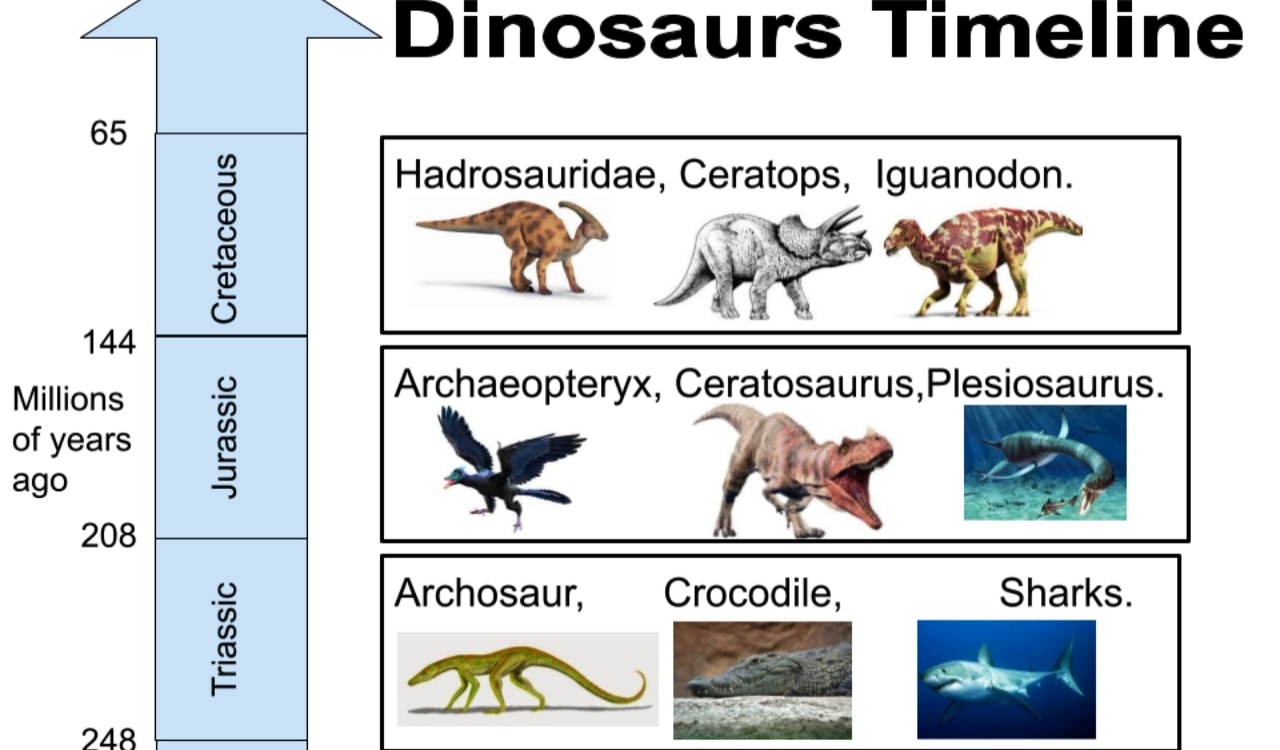
The Name Itself Is A Problem
The name “Jurassic Park” is hard to get out of our heads today, right? However, it is actually a terrible name for a movie about dinosaurs. Sure, the movie was named after the park where the dinos were. This is true, so we’re saying the park name was bad and thus the movie by proxy. For those unaware, the Jurassic Era began around 201 million years ago but ended about 145 million years ago. Why did it randomly end at that point? By 145 million years ago, we were entering the start of the Cretaceous period. As it happens, most of the well-known dinosaurs actually popped up around the world during THAT era.
Therefore, the Jurassic period was too early in history for most of them. Yes, some did pop up in the Triassic and Jurassic, but simply not most of the ones we think of today. On top of this, it was a period when one of our five major extinction events took place. The producers of the movies likely assumed the Jurassic era was the entire part of the Mesozoic Era and nothing else mattered. Yes, this era was host to the dinosaurs. However, the Mesozoic involves the Triassic, Jurassic, AND Cretaceous periods. It is likely the writers assumed dinos began in the middle of this era and not at the end of it.
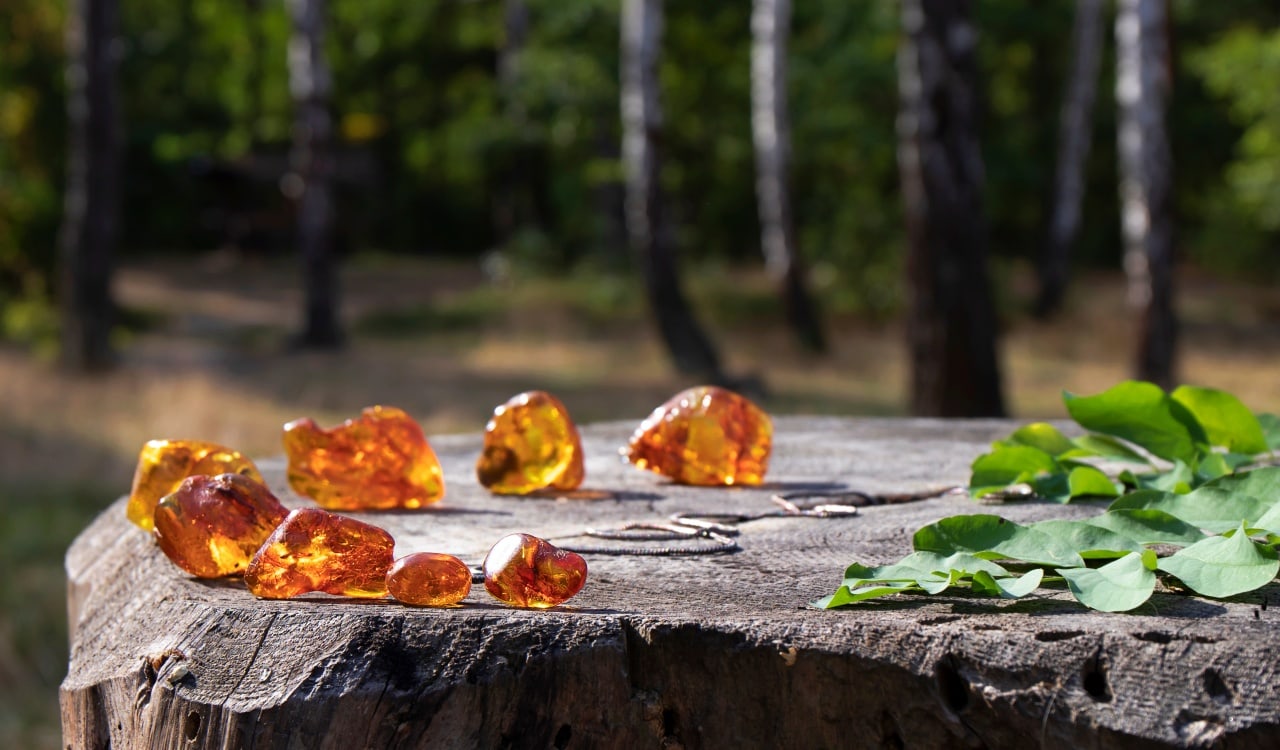
The Amber Mistake
Amber is a relatively beautiful thing to see. It is possible you’ve come across it in nature without knowing it, or perhaps you did notice it. Amber is actually fossilized tree resin, but you might see it today in gemstones. The beauty of the stuff made it highly valuable to people for centuries. In fact, humans of some kind were using it in trade since the Neolithic period. There was value in its beauty, but that also meant it could eventually be used in many things. Now you likely see it in several decorative objects. Of course, Amber is possible to see in many areas of the world. Yet Jurassic Park makes a mistake, actually two of them, regarding it.
They claimed that the Dominican Republic produced amber fossils, which is true. However, the amber here could not have contained dinosaur fossils nor their DNA. That is because most of the amber there dates back to between 15 to 40 million years. Every form of dinosaur died off 65 million years ago, which is far too early for any Dominican amber to have fossilized a dinosaur or any of its DNA. While there was a spider caught in amber in the DR that dates back 130 million years, it is the only one known to have been anywhere close to the dinosaur era.
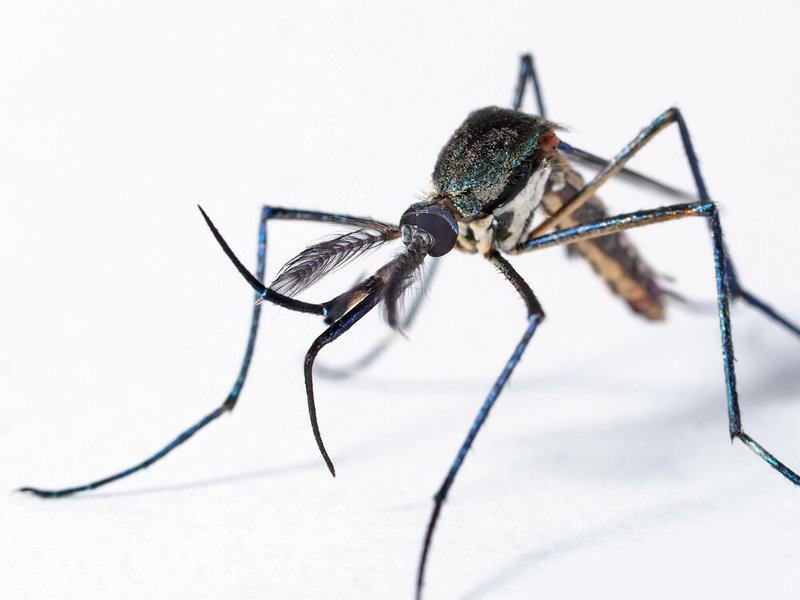
Speaking Of An Amber Problem
While we have already put to bed the notion that someone would have gotten any Amber with fossilized dinosaurs from the Dominican Republic, let’s examine the issue overall. DNA can only be read for so long before it becomes impossible to read with even the most advanced machines. Most DNA tests can only go back around 1,000 years with human DNA. Of course, many scientists who work in the DNA world will tell you that DNA can be traced back much further than that. However, this is quite limited. It is possible we can read DNA from around 200,000 to 300,000 years ago, but not millions of years.
In fact, the reason we cannot bring back a lot of old species is that we lack the DNA to do this. Thus, if we bring them back, we have to alter things through genetic engineering using DNA from a still-living animal relative. While we can trace back the age of something, you do not need DNA to do this. When it comes to Amber, for example, it can be traced easily. Yet if it contained the DNA of something in it from the time of the dinosaurs, it would be impossible to read. On top of this, they used a mosquito (which is toxorhynchites, also known as an elephant mosquito) and it would likely only give you enough DNA to use for any old mosquito and its relatives…not ALL known dinosaurs to ever live.
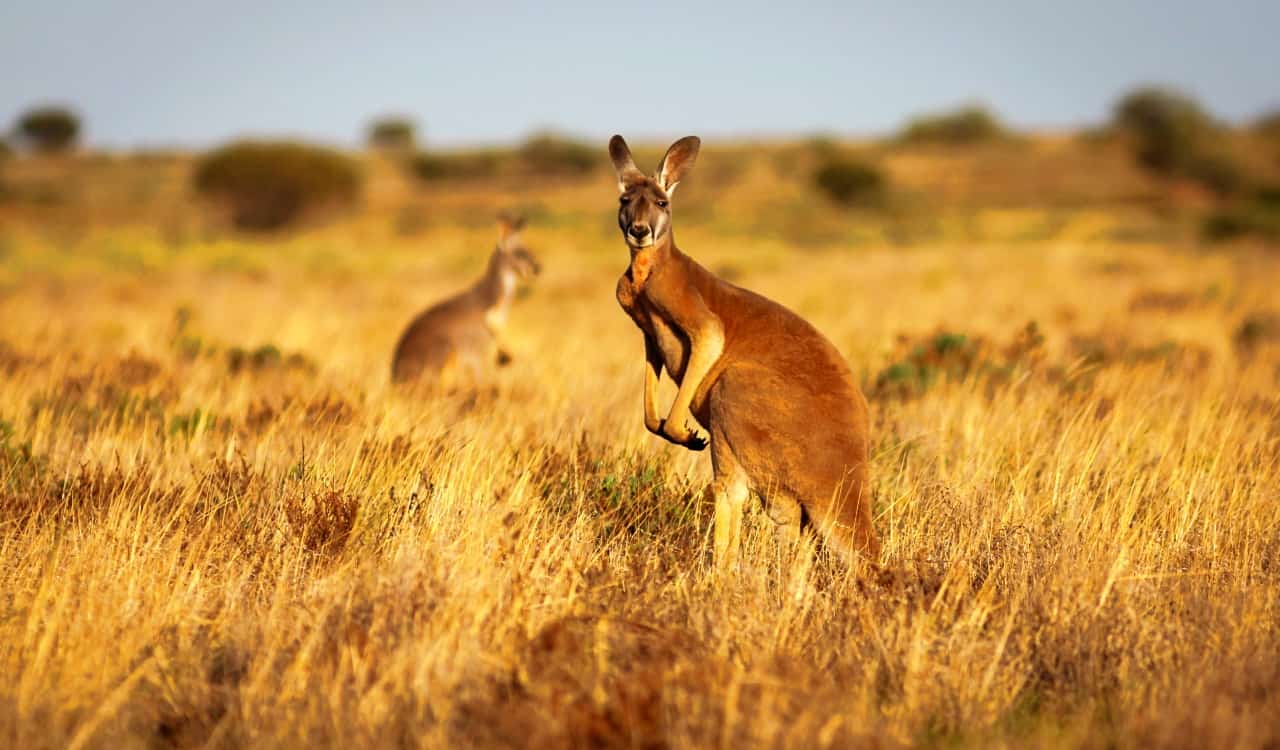
Dinosaurs Did Not Hold Their Arms Like Kangaroos
You’ll often see several dinosaurs in Jurassic Park holding their arms in a weird fashion. It resembles that of kangaroos we see today, who also have relatively dexterous arm movement. Everyone always seems to assume the dino arms are held upright, elbows to the side, and wrist turned out as if they are about to push a stroller through Disney World. Yet paleontologists have been trying to correct this concept for several years, as they claim that dino hands were held more like they were clutching something, such as a ball.
This is one reason why a lot of what the dinosaurs were able to do in Jurassic Park is highly questionable. For example, having the ability to open a door with their hands. While this could likely occur with any primate from most eras in history, reptiles (like we are presented in the film franchise) have never had this type of ability at all. Of course, dinos are not “exactly” reptiles like we see today. Still, the dinos could not open any door. They could easily knock one down though. A lot of what we see with their arms or hands overall is highly questionable, especially among raptors.
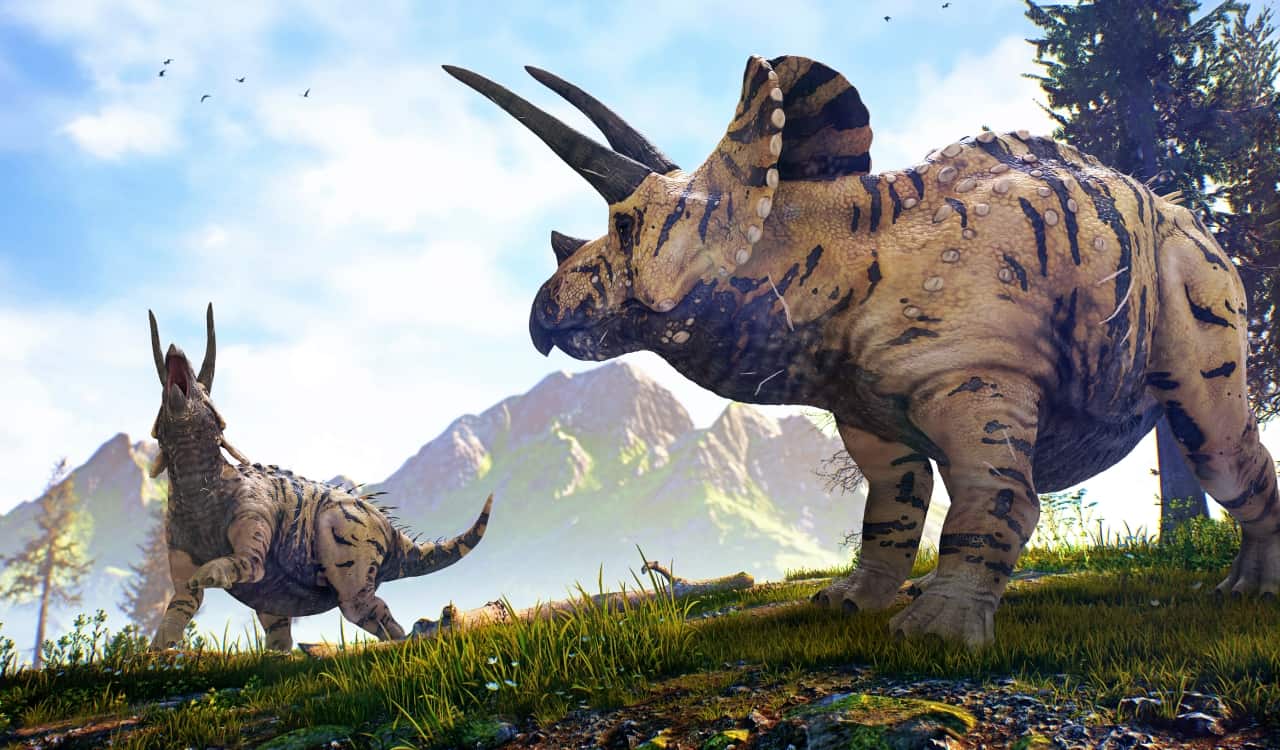
Big Dinosaur Time Period Error
While we did mention the big issue of the Jurassic vs Cretaceous period earlier, there are several issues the creators of the franchise made overall. Of course, we should make it perfectly clear that in the movie…the dinosaurs were brought back from extinction. Therefore, they all existed in the film’s current timeline. Thus, we know what we’re about to reference could be confusing. You’ll see what we mean soon though. One important note is that, while some dinosaurs DID live in the Jurassic period…the vast majority lived in the Cretaceous.
This means how those dinos would interact or operate and even their size could be very different. Even if a dino was a plant-eater, it would likely not interact properly with dinos from other eras. In Jurassic Park, we are led to believe that the triceratops and stegosaurus both lived in the same time period. Yet the triceratops is from the cretaceous period while the stegosaurus is from the Jurassic. This means they never lived alongside each other. Plus, they would likely have had trouble lasting if the other existed at the same time due to competing for the same food source. They are separated by well over 50 million years in time for a reason.
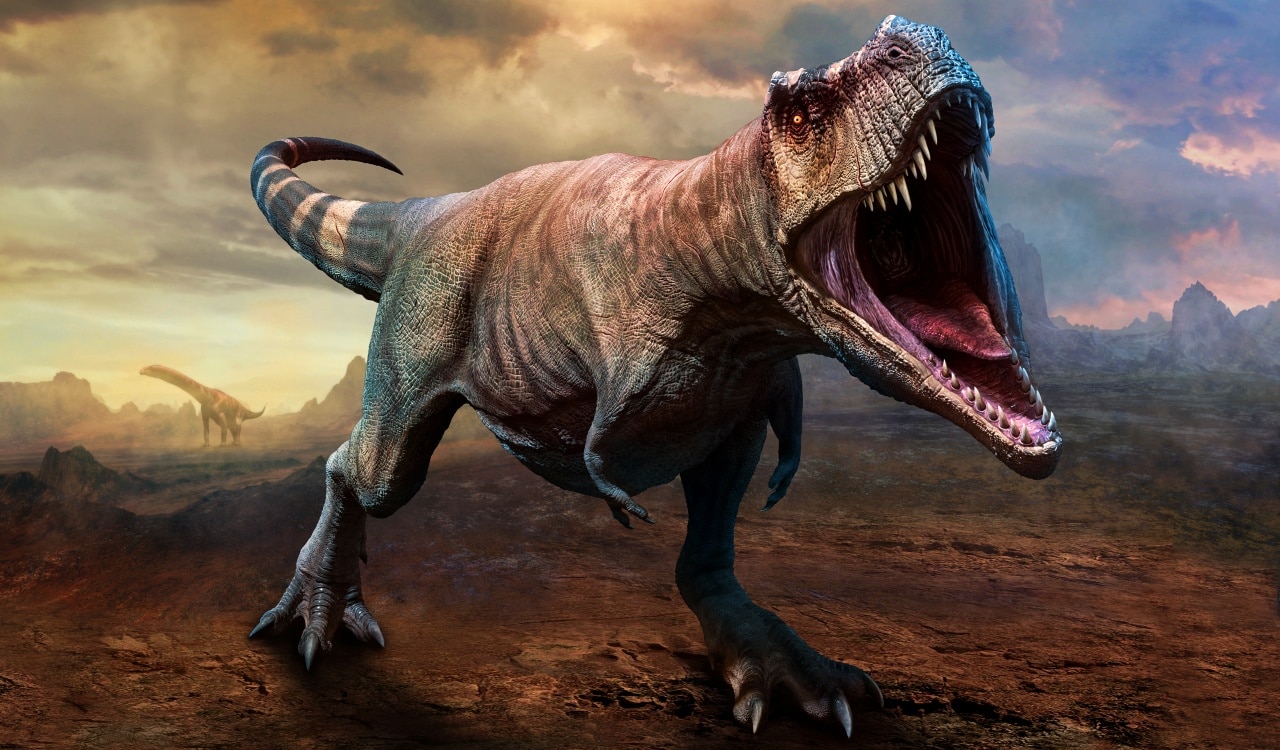
The Dino Sounds
To be fair to the creators of this franchise, most animals of today make sounds, have mating calls, or have some form of communication with each other. Thus, most creatures DO have a sound. On top of this, it is clear that the dinosaurs also made some type of sound that could differ from dino to dino. One key mistake is just the type of sound the creators chose to go with. For example, the brachiosaurs made whale-like calls, and it certainly worked well cinematically. Plus, being as large as they are, it did make sense to give them such a call.
Our only real reference for this type of thing is the large creatures still living today. Obviously, the largest creatures on our planet today are whales. Therefore, going with their sound for a large dino was not crazy. Sadly, the noise they made would not be factually accurate. To be fair, we do not actually know perfectly how most dinos sounded in their time because fossils do not give us that type of knowledge. We can only go off of their still-living evolved cousins, like birds and crocodiles. Of course, both can make noises but crocs mostly grunt while birds have some loud chirps, but that means neither would give off a whale sound.
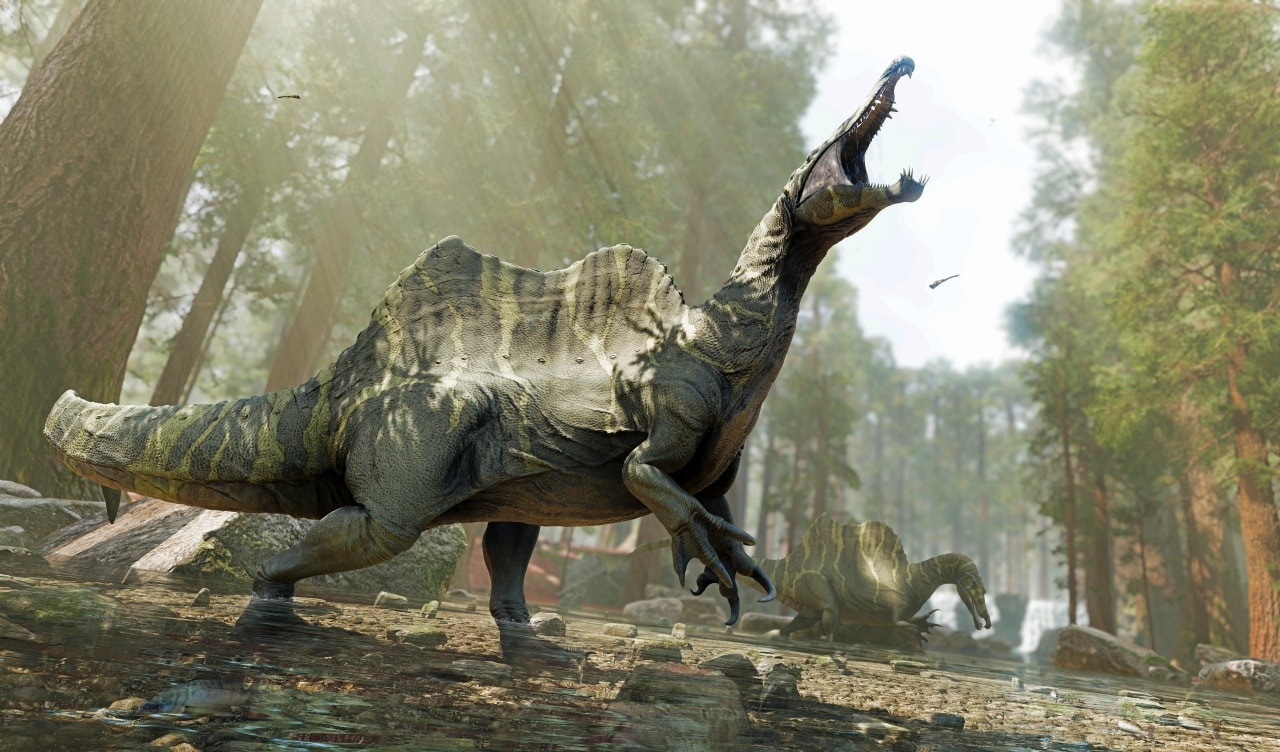
The Non-Violent Nature Of The Spinosaurus
While it is true that, like any animal in danger, any creature would try to defend itself before being eaten…there is a limit to this. The giant Spinosaurus used in Jurassic Park III somehow fought and killed a Tyrannosaurus Rex. This simply could never have happened. The spinosaurus would likely have stayed far away from any T-Rex for sure. The real version of this dinosaur had a long and slender snout, which was likely used for eating fish, smaller game, or even plants. They never would have had the capability to take on a T-Rex.
Their bodies were not built for that type of thing, and it is likely that this creature would never last alongside the T-Rex. In fact, we know that the spinosaurus predates the T-Rex by roughly 35 million years. This means that they would not be familiar with each other, and the relatively gentle spinosaurus would have run away if it saw something massive like the T-Rex coming toward it. Initially, a lot of the land dinos were large and did not really bother each other unless it was for hunting purposes before species like the T-Rex popped up. Major carnivorous dinos like this came about toward the mid to late cretaceous period.

A T-Rex Is Not Going To Outrun A Car
It is clear that Jurassic Park enhanced certain things to make them appear far scarier. Let’s be honest, if a T-Rex saw you and came running for you then it certainly could catch you. But at our fastest speed as humans, we might be able to outrun one. However, this speed is not something we all can hit much less could we maintain this speed for several minutes. The T-Rex, much larger than us, could maintain its speed. In spite of technically moving slower, it covers more land than we can. Do keep in mind that the T-Rex has limits in what it can do. In the film, we see a T-Rex chasing after some humans in a car.
While this technically could occur if the T-Rex was alive today, you’d easily be able to get away from it inside a vehicle. Especially a modern one that can move at high speeds, along with the fact that most in a park such as this would be 4-wheel-drive. The T-Rex could not cover enough land at a high enough speed to catch someone in a moving car. Particularly one moving at 50 miles per hour or higher. Heck, they could only move up to 15 mph at their highest speed. Their bodyweight could only allow them to run so long too, as their legs would break under their high weight if pushed for too long. Thus, they may have only chased most prey for a short time.
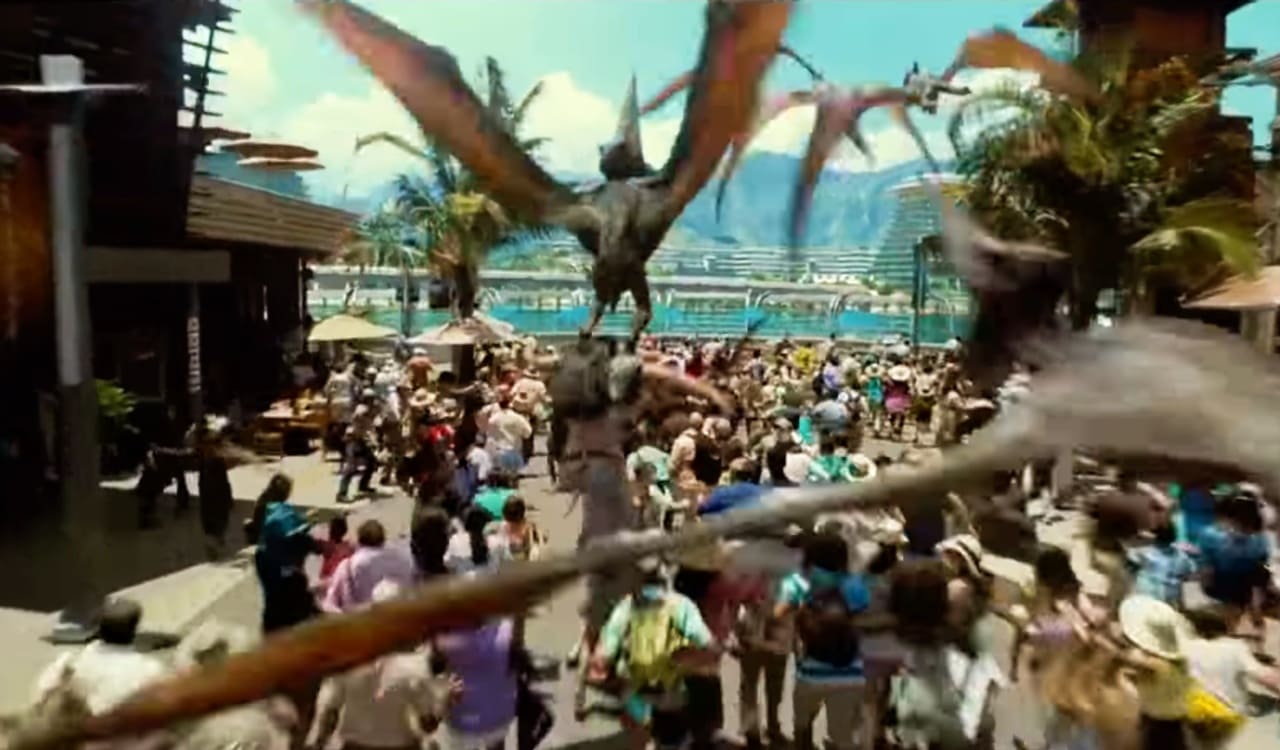
Pterosaurs and Pteranodons Could Not Have Picked Up Humans
One key moment in both the old and new Jurassic Park films is a moment when some sort of flying dinosaur picks up a human and flys off with them. They might pick them up just to drop them, take them back to eat them, whatever is more cinematic. We first saw this sort of thing take place in Jurassic Park III where Dr. Alan Grant was a victim of the pteranodon. Then we saw it again in Jurassic World with the smaller cousin to this creature in the pterosaurs. Yes, it was pretty awesome seeing these dinosaurs pick up people and stuff. Sadly, they never could have done this based on all the fossilized evidence we have.
The large pteranodons were certainly portrayed well in how they’d likely look today as far as their size is concerned. However, they were not like the modern-day birds of prey we see today. The creators likely felt since they were bird-like, they’d behave and act like birds. Yet they did not have the grasping ability equal to birds of prey today. They tended to eat aquatic prey pretty much like pelicans do today, by flying over water and grabbing something out to swallow whole. Of course, the smaller pterosaurs were far too small to lift entire humans and likely much else.
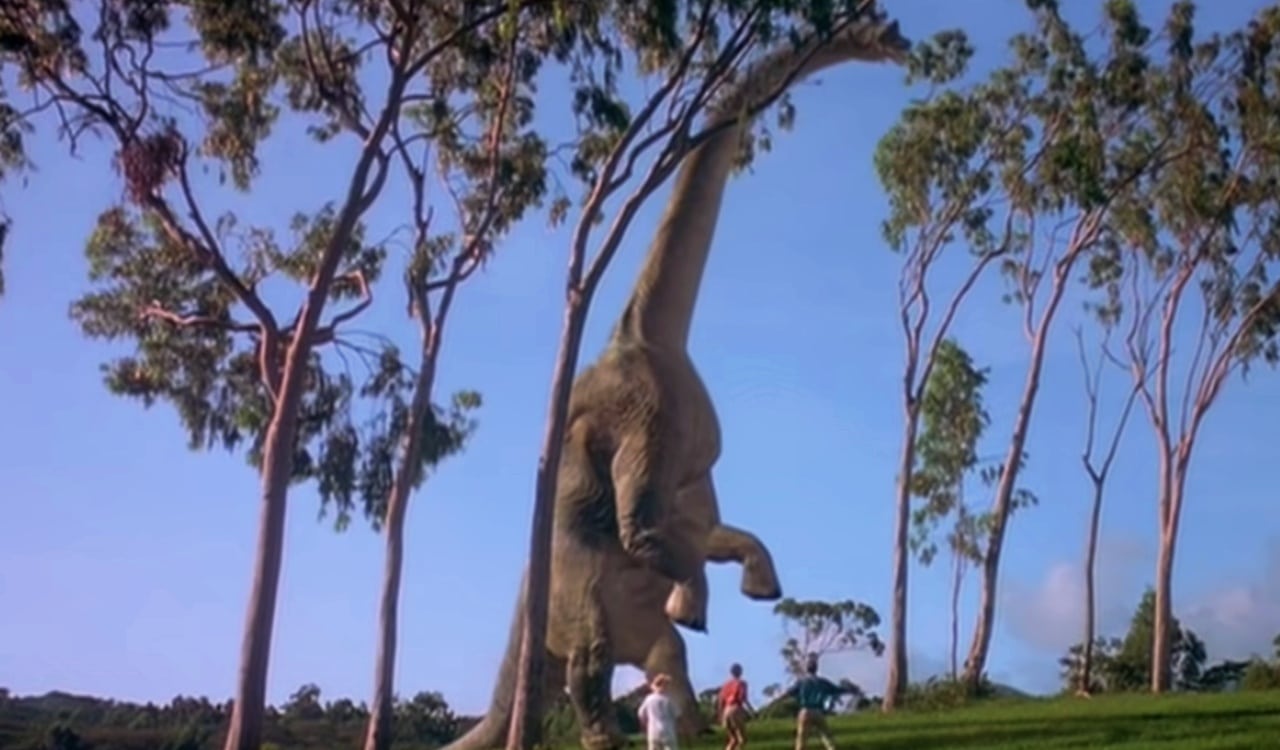
The Big Brachiosaurus Error
We already covered how it is unlikely the brachiosaurus ever made whale sounds like the Jurassic Park franchise suggests. However, that error is possible for anyone to make. Especially films made back in the 1990s when we did not have as much information as we have today. Meanwhile, one error they made was easy to avoid by simply reading up on the brachiosaurus itself. There is a visually stunning moment in the first film when we see the characters meet one of these giants. It is very accurate that they were impressively large even for their time. Yet in that same vein, their size is very important to how they might feed.
At one point, we see the creature stand on its hind legs in order to get some food, which is really weird. It is possible that the creators checked out how giraffes feed on trees and copied it. However, even giraffes rarely stand on their hind legs like that. Their long neck is evolutionarily built to help them reach the stuff high in the trees. While they likely could stand on their hind legs to get food, they simply do not need to do so. Of course, they would be small enough to do it if there was a need for them to do so. The brachiosaurus was far too large to ever be capable of this, much less did they ever need to.

The Problems With Ankylosaurus
At one point in the Jurassic World movie, we see the main kids of the film riding in one of the park’s cool gyrospheres. During that point, they come across a pack of ankylosaurus. In the film, we see them use their mace-like tail as a whip that could be used as both a defensive and offensive weapon. They were likely not aggressive according to experts. They ate plants and were so gentle that they rarely even fought amongst each other. We have not found any real evidence of combat being a common trend in the fossil records for them.
Therefore, the tails were unlikely to ever be used to hit any other creatures. Much less random smaller animals, because again, it was not a carnivore. That said, their tails were more than likely used to knock down food from trees like vegetables or more likely, fruits. Experts have even claimed that the ankylosaurus was likely more of a loner and did not travel in packs. Potentially, you could relate it to how the rhinoceros operates today. Rarely did they need to travel in packs, but also like the rhino, they were likely social enough. After all, mating must still take place.
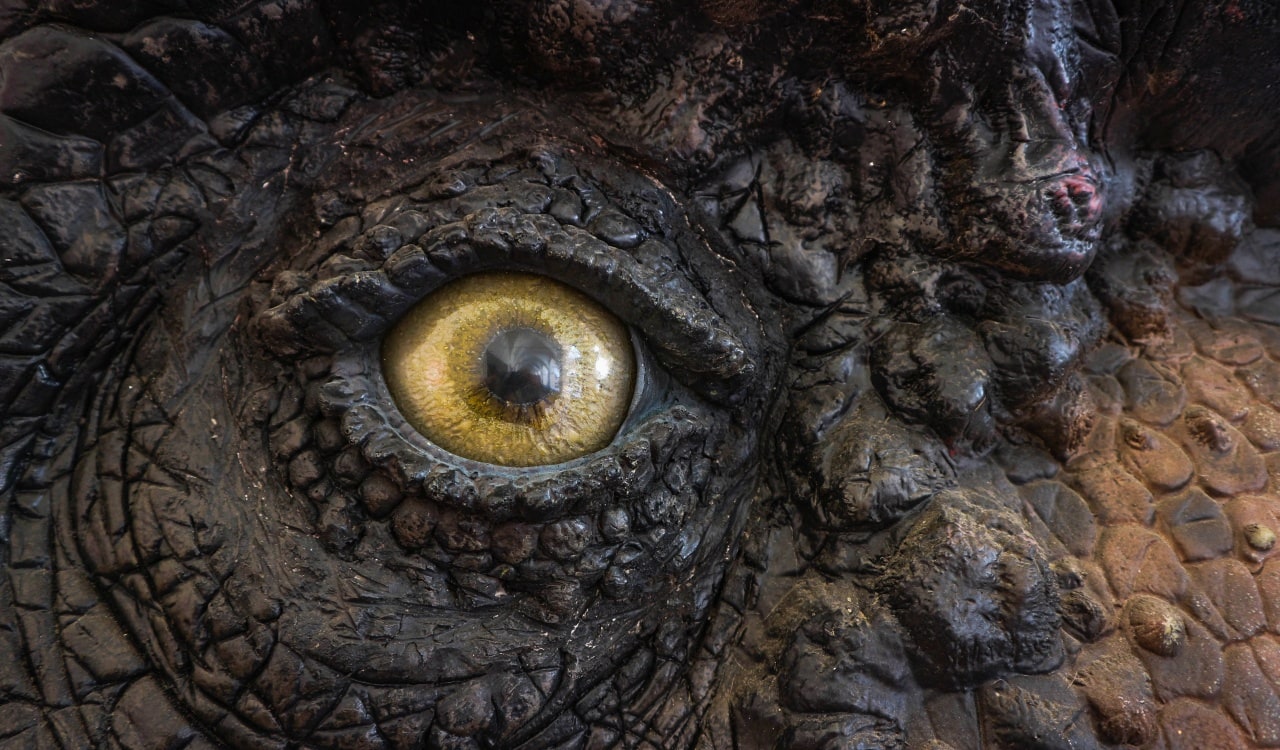
The Tyrannosaurus Rex Actually Had Amazing Vision
One of the most common and possibly famous scenes in movie history revolves around Jurassic Park’s use of a T-Rex. Where we’re in horror as the massive T-Rex has her snout pressed right up on Dr. Alan Grant along with John Hammond’s grandchildren. Hammond and Grant urge the kids and each other not to move, as doing so will alert the giant dinosaur. If they remain perfectly still, the T-Rex won’t be able to track them or see them due to her poor eyesight. Yet in spite of how awesome the scene turned out, it is sadly not how it would have really worked.
All paleontological research has found that the tyrannosaurus rex had tremendous vision. In fact, dinosaurs are very closely related to current birds of prey and had the eyesight to prove it. Meaning they likely had incredible eyesight, similar to a hawk or falcon, that would be better than any modern human being today. That’s even when we’re assisted by binoculars or glasses. Birds of prey can spot a field mouse from 60 feet in the air, so what do you think that says about the vision of a T-Rex with its large eyes? What’s even crazier is that the T-Rex also had a great sense of smell and would have easily smelled out these humans, even in the rain.
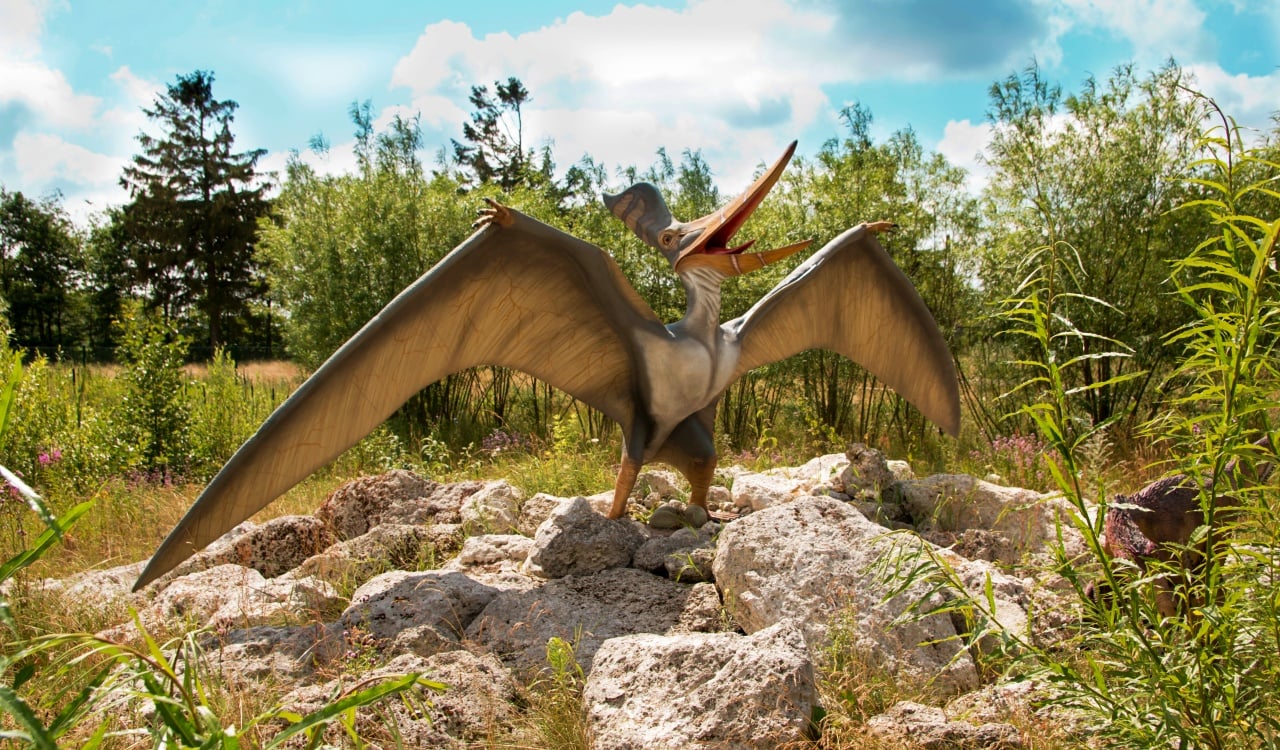
Another Error About The Pteranodon Worthy Of Note
We mentioned earlier how it is unlikely the pteranodon nor its cousin would be able to fly off with a human being. Especially one larger than the size of the average toddler. Yet there is more to reference with this species too. Not only could they not fly off with humans, but their feet actually are not formed for grasping at all. It is sort of weird to consider because we’d all assume any flying creature would have some sort of grasping ability. Yet that is because we’re thinking of how all birds are in today’s world. Many of which, by the way, the dinosaurs are related to.
Hawks, Falcons, and other birds of prey have VERY strong gripping claws. This is what allows them to catch animals and take them up in the air and back to their nest or feeding spot. Pteranodons, however, had very weak feet that couldn’t really grasp things. Nor did they have very sharp claws that could have been used for this. In fact, fossil evidence shows their feet were actually made for walking on flat land. When you see them perched up on trees in the movie, that could not have taken place. In fact, they likely could have hung out and walked on flat land, avoiding the trees entirely.
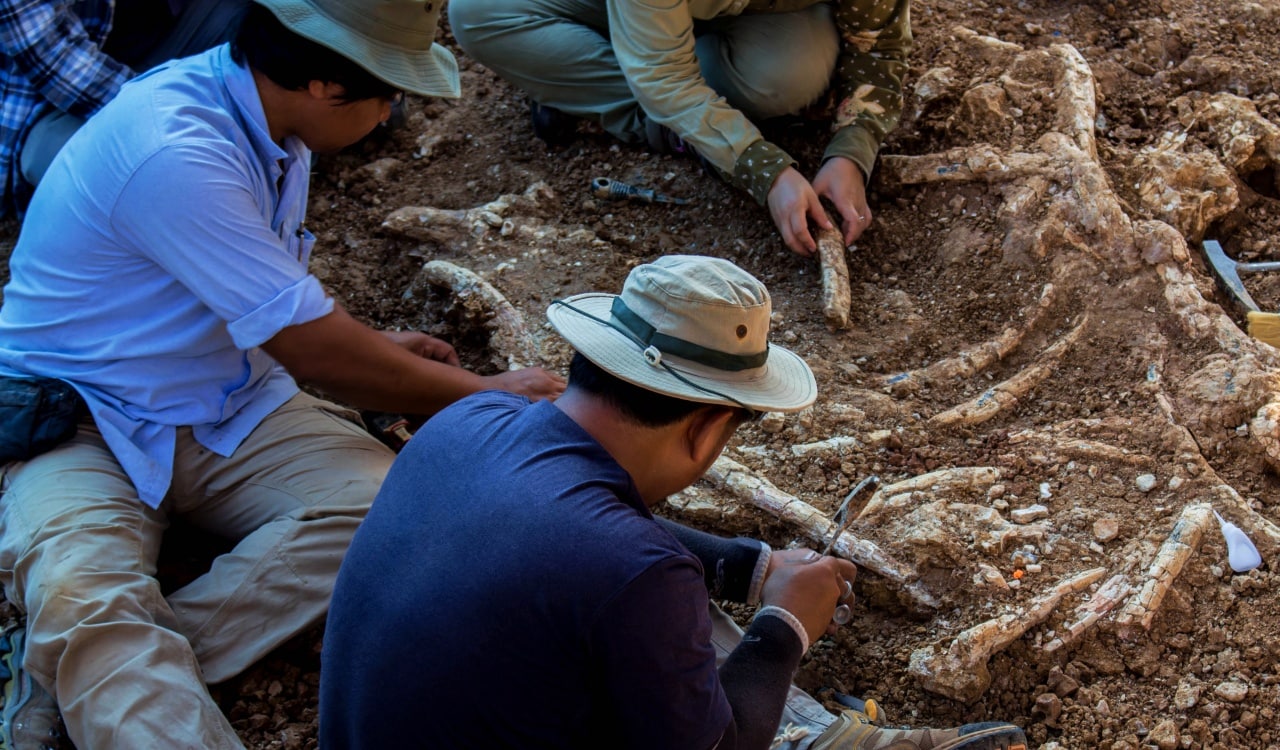
Fossil Hunting Isn’t Like The Films Make It Out To Be
A lot of the time, Hollywood glamorizes the discovery of dinosaur fossils. As if we’re all just waiting for that big discovery that will uncover fossils that were never seen before. Yet most of the archeology that has to do with digging up fossils has not really changed since the 1800s, funny enough. That was when we began to do targeted digs to uncover the past. Jurassic Park makes it seem like the dinosaur fossils are in plain sight, just waiting to be unearthed by some rogue archeologist or paleontologist. In the original film, they utilized sonic technology. This is actually used in cases like this and certainly was in the 1990s.
Today, we can actually map out some areas with digital markings and imaging. However, none of this really helps as much as one might assume. That’s why digging for fossils has not changed very much in over 200 years. We still have to carefully dig in places where fossils are likely to be and pray that something will be there, especially something worthwhile. We can also tell you there are certainly NEVER going to be hammers and chisels involved in these digs. Fossils by nature are pretty fragile and you’d never want to take the risk of harming them with that stuff as you see in the movie.
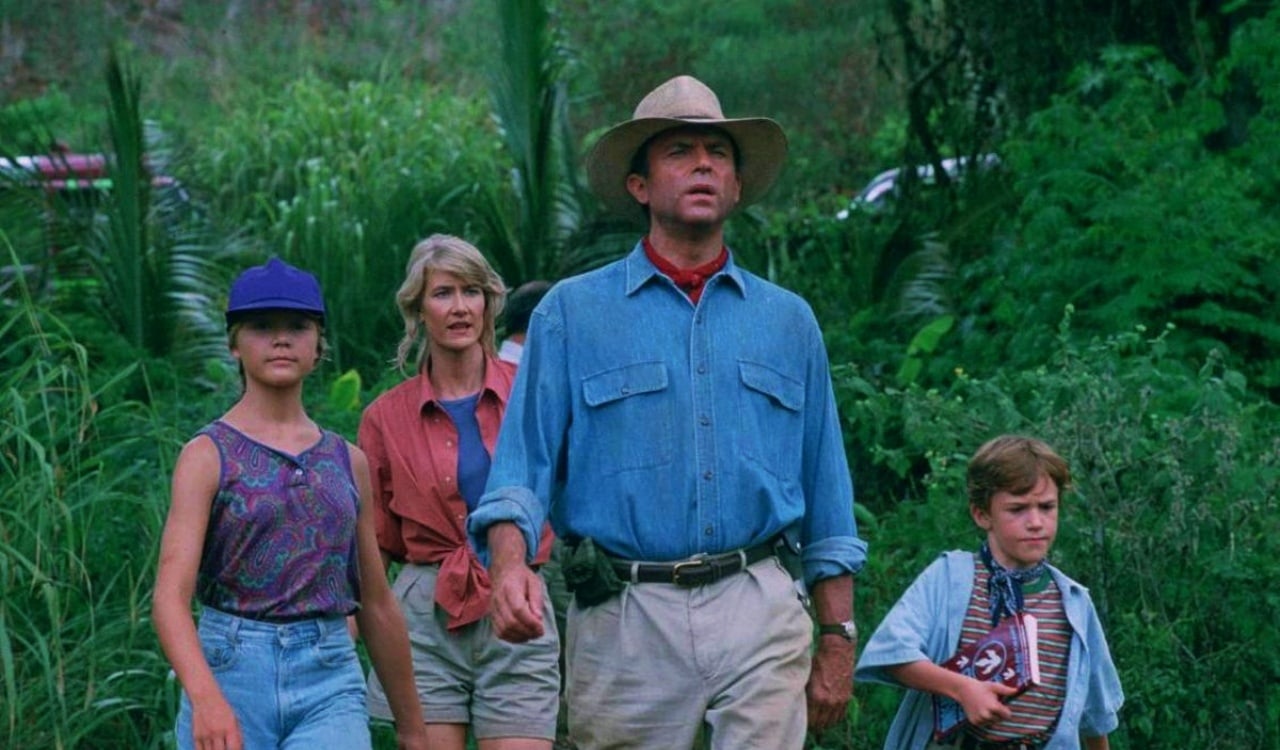
Those Weird Cloned Plants
You might think that Jurassic Park only really messed up on the dinosaur facts. Yet they also made a few other key mistakes, in particular, the plants they used. Let’s say you can get past the idea that somehow this team of ragtag scientists was able to clone dinosaurs. You could assume they’d be able to also clone plants the same way, right? RIGHT?!? Actually no. In fact, it’s actually impossible to clone plants from the Jurassic era and likely never will be possible to do so. Sure, we could make look-a-likes but they wouldn’t be specifically Jurassic at all.
Yes, we do have plant fossils but they are imprints or fossils with minerals in place of actual plant tissue. Of course, to be fair to the creators of this franchise, there are some plant and tree species that still exist today that would have likely been very prominent in the Jurassic era. One example of this would be the petrified trees you can find in the U.S. state of Arizona. Yet these plants would likely look pretty different compared to the way they look today. More than likely, due to the high oxygen levels of that time, these plants and trees would have been far larger.
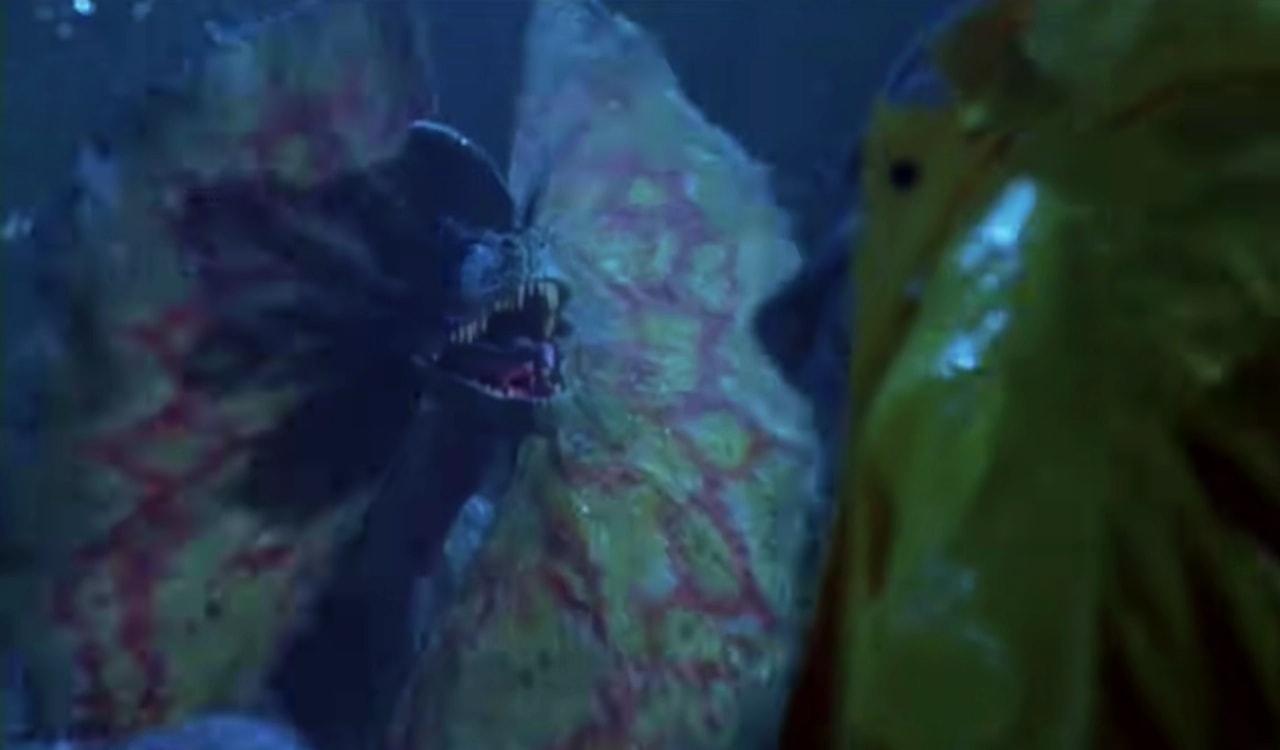
The Incredibly Odd Version Of The Dilophosaurus
Jurassic Park used a case of movie magic to make the dilophosaurus seem scary. One of the most iconic scenes of the franchise is when the little dilo shows up and seems innocent. Yet it then opens up its multi-colored neck fan to then spit venom that blinds its victim. However, that’s completely made up and not even the least bit true. In fact, the dilophosaurus never had any type of neck fan like that. The closest thing they had was a ridge of feathers that could be found going down the back of its head. Hardly any type of fan at all.
To be fair to the creators of the franchise, there was a big story that came out around the time the script was being written. A carnivore was uncovered in a fossil dig that actually had a tooth with grooves in it. This made it look similar to that of a modern venomous snake. That implies this creature has the ability to secrete some type of venom when it bites prey. Yet this tooth was not linked to the dilophosaurus at all. In fact, the way Jurassic Park made the dilo is quite inaccurate. They were not small at all, but rather 20 feet long and around 1,000 pounds. Therefore, it did not need any sort of fan or venom to be considered a big threat in its time.
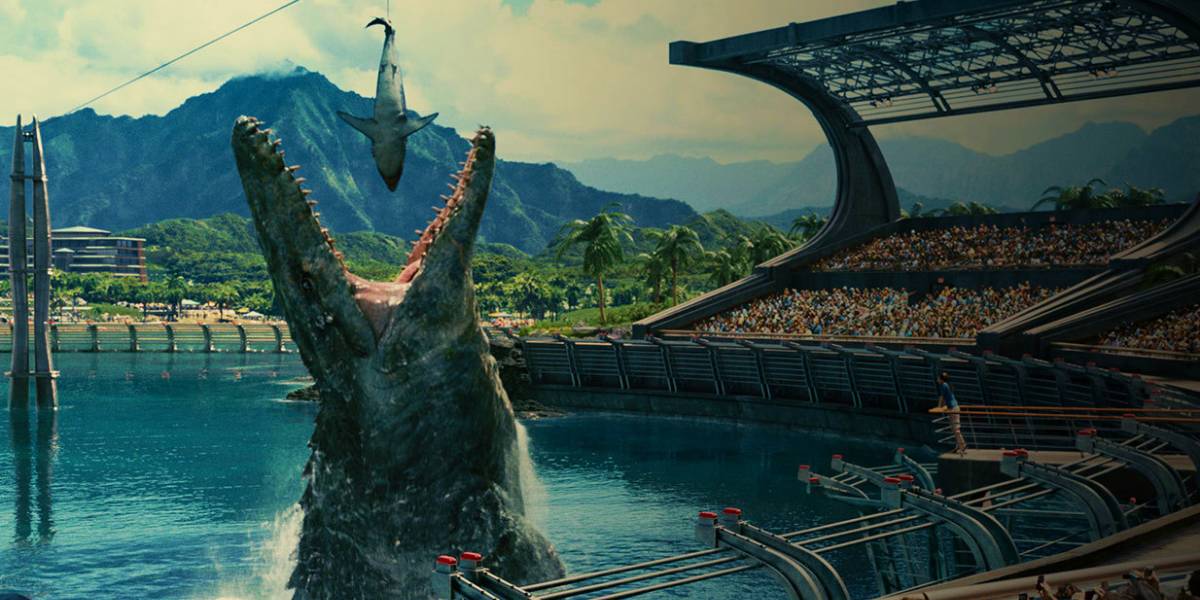
The Mosasaur and T-Rex Were Around The Same Size
It might seem pretty odd, but it is true that the tyrannosaurus rex was around the same size as the mosasaur. Jurassic World seems to make it appear that the mosasaur sea creature was somehow bigger than anything you could see on land. They used the creature sort of like the whales you might see at Seaworld. Which, for your information, is one of the worst places for whales to ever be. The Jurassic World theme park placed the creature in an extremely large tank and had it do tricks for the crowd just like the whales. Yet the movie did not do the creature justice.
The film oversold how large the mosasaur was, however. The one they used was around twice the size of the actual creature. It is true that the mosasaur was slightly larger than the T-Rex, but this was only barely if at all sometimes. Therefore, it could not have just randomly swallowed up that Indominus Rex like it was some sort of Happy Meal. The mosasaur could be related to whales a bit because they did come out of the water sometimes, but they could not have never surfaced like whales do today. Meaning they never could have done the tricks you see them do nor the big dino eat at the end.
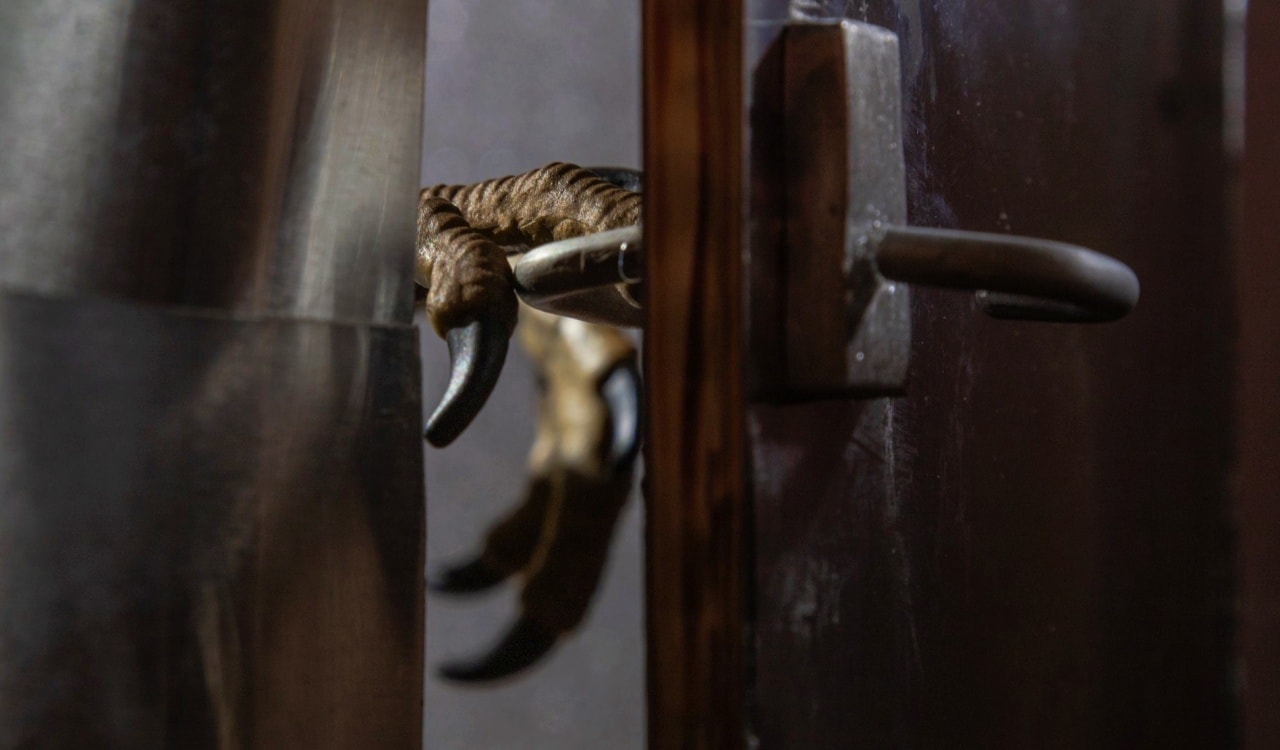
The Ranging Intelligence Issue Of Dinosaurs
It seems that both the Jurassic Park and Jurassic World film franchises get this part mixed up. Both go to extremes in their versions of the overall franchise. In Jurassic Park, they seemed to dumb down the dinosaurs quite a lot. Yet they overcorrected for the Jurassic World side because they made them far too smart in that area of the franchise. The reality is that they were somewhere in the middle of this. For years before the original franchise was made, there were jokes that dinosaurs were big dumb beasts of old that could not stack up against most of the animals today when it comes to intelligence.
Yet as soon as the franchise made it big, paleontologists came out to correct this notion. Plus, discoveries since the original franchise came out only assisted to prove they were not the dumb brutes people assumed. This is why it made sense to smarten them up a bit, just not to an extreme level. No, they would not be capable of reading human sign language or something. Yet they were about as smart as many modern-day birds. However, there is a reason they survived for as long as they did. It took a mass extinction even to wipe them out, and without it, we might still see them today.
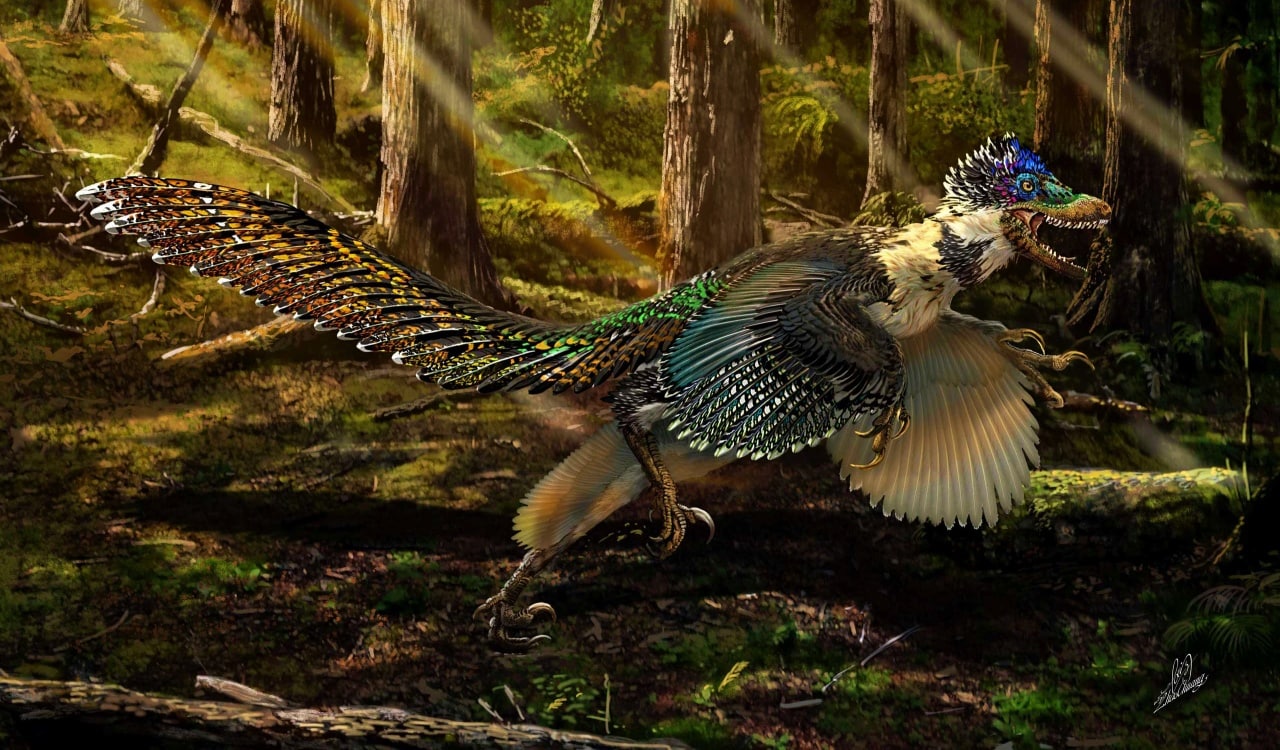
Jurassic Park Made Up Darn Near Everything About The Velociraptors
One of the most well-known things we know today about dinosaurs is that they are related to modern-day birds of prey. There is a reason we have birds known as raptors these days. Their ancient cousins were the raptors of old, but all of the raptors, and in particular the velociraptors were NOTHING like we see presented in the Jurassic Park franchise. In the movies, they are presented as long, agile creatures around 6 feet tall. They are filled with sharp teeth, protruding claws, and could be considered a killing machine in any era!
None of that is true, absolutely none. Velociraptors were about the size of a modern-day turkey. We’re serious, even in their time they were the size of what a turkey would be today. The species also did not have most of the major facial muscles we see in the movies, which actually further relates them to birds who are also missing many of those muscles. It seems the producers decided to switch their body type with that of the Deinonychus. These dinosaurs actually did look a lot like what Jurassic Park used for velociraptors. Of course, the raptor name is much cooler and made more sense to use over its cousin’s name.
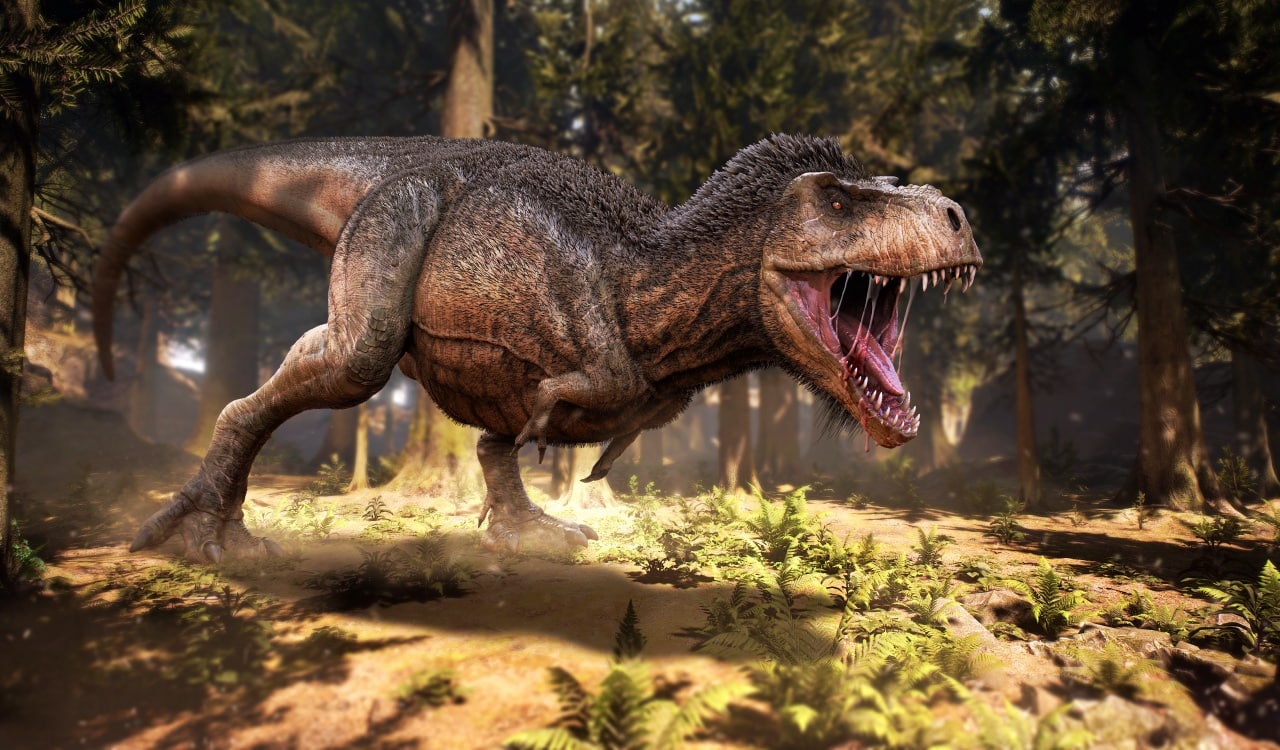
None Of The Dinosaurs Had Feathers
We know, this might break from what everyone assumed for many years. Yet science has made the discovery that dinosaurs likely all had feathers of some kind, with most being covered in them. The evidence for this actually came from dinosaur fossils found in Siberia. Scientists were able to date them back 160 million years to the Jurassic period. The fossils proved that feathers existed in far more than just on the winged dinosaurs. The fossils they uncovered were two-legged, and not avian at all. Meaning all other creatures like it would likely have feathers too.
What allowed the scientists to assume feathers were present by these fossils? It just so happens that this fossil was uncovered in what used to be a lake bed, covered in volcanic ash from eruptions over several centuries. That allowed the dinosaur skeletons to be perfectly preserved, including their now infamous feathers. The discovery was mind-bending. To be fair to the Jurassic Park creators, this discovery did not happen until two decades after the initial film. Thus, they could never have known. Yet Jurassic World producers know and have yet to fix this glaring error.

